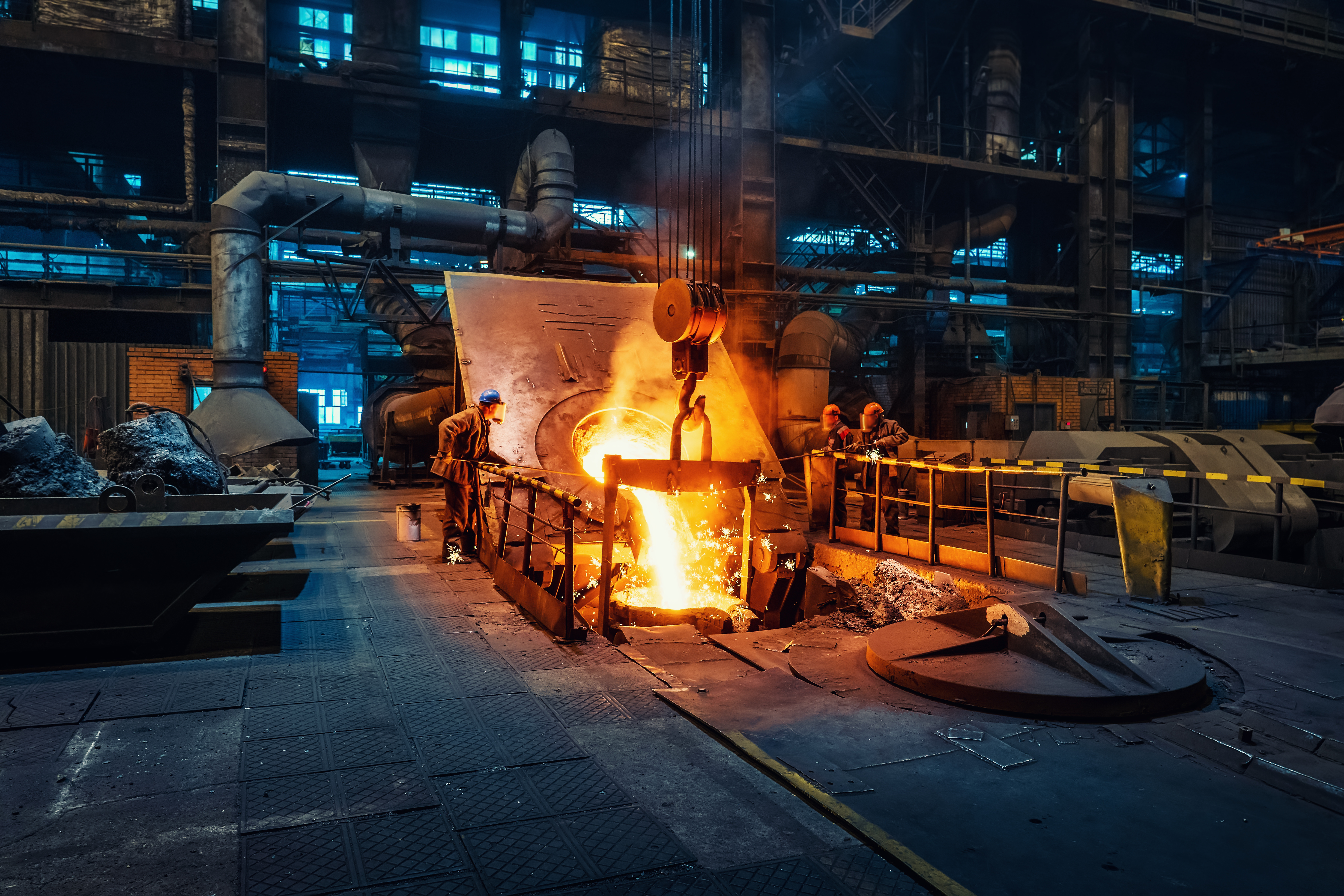Cast component production speed, quality, and efficiency have never been more crucial in industries with intense competition. Costs can sneak in at any stage of an intricate casting manufacturing process, from early design to final inspection. Focusing on the details makes maintaining a streamlined and practical approach easier.
Start with Castability
A good design is the first step in cutting costs in the casting manufacturing process, regardless of the technique employed. Castability is where it all begins. By going over it, the design can be cast and expelled effectively. Are there any thin or pointed portions that could hinder metal flow? Are the draft angles within the acceptable limits?
Scrap reduction also lowers costs. The production rate increases as the number of cast pieces in a mold increases, but scrap bits are also more likely to occur. Optimizing the number of components in a mold ensures that metal is used efficiently and that expenses are kept to a minimum. Making minor adjustments to the design now can save significant delays in the production process later on.
Correctly Execute the Casting Manufacturing Process
The engineering team generally sets up the remainder of the casting production process for success through effective casting and mold designs. Ensure that they are using the most up-to-date technology. Computer Aided Engineering (CAE) tools reduce product development costs and time while improving the quality and reliability of finished castings. Rapid mold refining and the capacity to send parts to production more quickly are facilitated by modeling the object in 3D and programming computer numerical control (CNC) machinings.
A vital component of an effective operation is minimizing prototype iterations so that a part can reach production faster. Thermal analysis and simulation allow for a much better prediction of how casting will perform without the need to make the mold.
Using software like THERCAST®, phenomena like self-radiation, shrinkage, the impact of air gaps, and turbulent flow are considered before any metal is poured. The software can also quickly change the mold or casting parameters, which leads to correctly simulated results. Having the proper engineering tools reduces the workload on the production team and speeds up the time to market.
Where Does Inefficiency Show Up?
Casting manufacturing can be complex, providing many opportunities for inefficiencies to creep in. Being aware of these potential problems allows for faster implementation of solutions to make the casting manufacturing process more efficient.
Information Flow
How does information flow through the foundry? The sales and engineering departments are often where information is introduced. Those departments must create work orders for production based on that data. Examine how the system is currently configured. Are there any circumstances or periods when one group anticipates information from another? Speed up the information flow and reduce unnecessary downtime by introducing new systems or protocols to speed up the information flow.
Bad Habits
As manufacturing facilities develop, systems and processes typically evolve as well. Verify that employees have integrated best practices; people frequently stick with what is comfortable or familiar. The lack of using the process does not necessarily mean it is unsuccessful.
Poor Tools
Is the production team using new, efficient tools and technology? If innovations exist to increase production efficiency, but the casting manufacturing process has not adopted these tools yet, there may be accessible room for efficiency improvements.
Lack of Labor
During the casting manufacturing process analysis, it may be clear that a lack of personnel is the issue. If people seem to be the issue, first see if there are ways to simplify the process or leverage technology to make employees more efficient. If those options are insufficient, add personnel to keep the casting manufacturing process running smoothly.
Determine the Critical Path
Where are the bottlenecks in the casting manufacturing process? The entire investment casting process slows down when there are frequent bottlenecks. For example, they can appear in the cycle time. Instead of cutting corners, add extra resources or improve procedures to shorten the overall cycle time.
Optimizing Cycle Times
Although the inclination is to shorten cycle times, there are occasions when it makes more sense to prolong cycle periods so that operators can better use their time. Extending the cooling time, for example, may free up operators to prepare another casting, reducing the total number of employees required to operate. Using operator time more efficiently is one of the critical tenets of lean manufacturing. Reducing wasted time makes the entire manufacturing process more efficient and reduces the cost of castings.
Don’t Wait — Start Improving Today
Success in the complete casting manufacturing process depends on continuous improvement and reducing spending. Improved engineering tools can help you create an investment casting that is more efficient, cost-effective, and productive. Contact Transvalor Americas today to learn more about your options.



